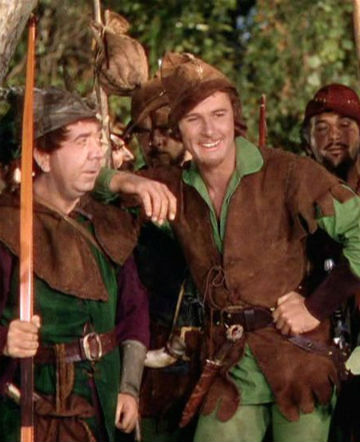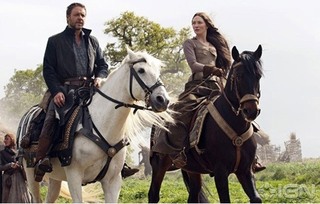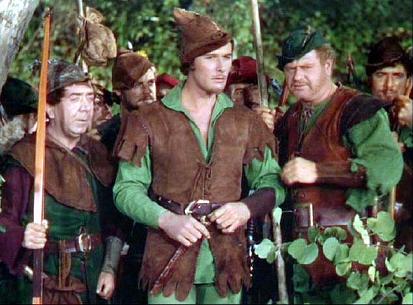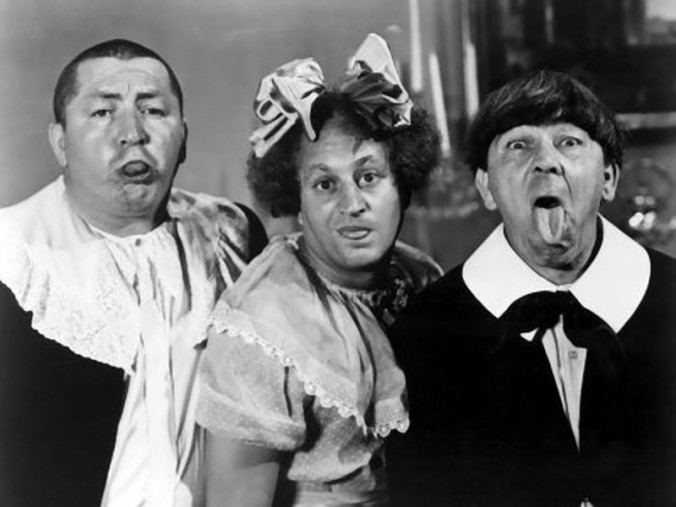The late 1930s was a time of strenuous political ties among much of the western world as Hitler began to gain more power in Germany, thus leaving many neighboring countries, and those far away as well, concerned about what he might do with his newfound power.
The American Hollywood film The Crusades (1935), directed by Cecil B. DeMille, gave a good representation of how much of the United States felt about the growing tension in Europe. While this film, as its title implies, focuses on the third holy war of the medieval era, the message it portrays in its final scenes is one primarily of peace. Toward the end of the film, Berengaria is reflecting on what the Crusades have done to her and to all people involved in it, saying “We’ve been blind. We were proud dearest when we took the cross in our pride, we fought to conquer Jerusalem. We tried to ride through blood to the Holy Place of God. And now… now we suffer” (The Crusades, IMDb). This lament from Berengaria shows how much she regrets even going to war against Saladin and his people because of all the suffering she, her husband King Richard, and the European crusaders have endured. This quite accurately depicts the feelings of America in terms of becoming involved with the conflicts in Europe. The American way, at that point in time, was mainly avoid conflict in order to prevent the suffering and destruction that many European countries saw during World War I.
Russian film director Sergei Eisenstein’s Alexander Nevsky (1938), another film set in the medieval era though this time during the Northern Crusades, also has an underlying message that very closely mirror’s his country’s feelings about the political tensions arising from their western neighbors. This film was produced in an agit-prop style, meaning the Russian government provided the funds to create this movie so that it could be used to “bring the revolution to the masses” (Dixon, Foster, 2013). The message this film portrays is extremely obvious and can even be inferred from only the film’s main musical number “Arise Ye Russian People.” During the Northern Crusades, according to the film, Russia barely hesitated in rallying its citizens to rise against the western invaders, and Nevsky’s success was largely aided by the large amounts of lower class people who joined in the famed Battle on the Ice. Based on the message this movie sends, the Russian government had the complete opposite idea of how to address the rising conflict with Germany. The government with this film tried to lift up the spirits of its people and show that Russia is capable of defeating any enemy if they stand united.
Both of these late 1930s films were produced, whether intentionally or not, to convey to its respective audiences how the country should react should another conflict in Europe come to unfold. However, the messages these films portray are polar opposites from one another, and this also reflects later events that occurred in World War II. When the war began in 1939, Russia became involved from the very beginning. In contrast, the United States was much more hesitant on getting wrapped up in the violence and waited a few years when the Japanese forced their hand to get involved in the war effort against the Germans. These two films did not directly influence these actions during the war, but they did embody the mentality of their countries regarding how to handle conflicts with other religions, countries, and people in general.
Alexander Nevsky. Directed by Sergei M. Eisenstein and Dmitri Vasilyev. DVD. 1938. Chatsworth: Image Entertainment, 1998.
The Crusades. Directed by Cecil B. DeMille. DVD. 1935. Los Angeles: Universal Studios, 2006.
Dixon, Wheeler Winston, and Gwendolyn Audrey Foster. A Short History of Film. New Brunswick: Rutgers University Press, 2013.
The Crusades Berengaria quote taken from: http://www.imdb.com/title/tt0026249/trivia?tab=qt&ref_=tt_trv_qu




